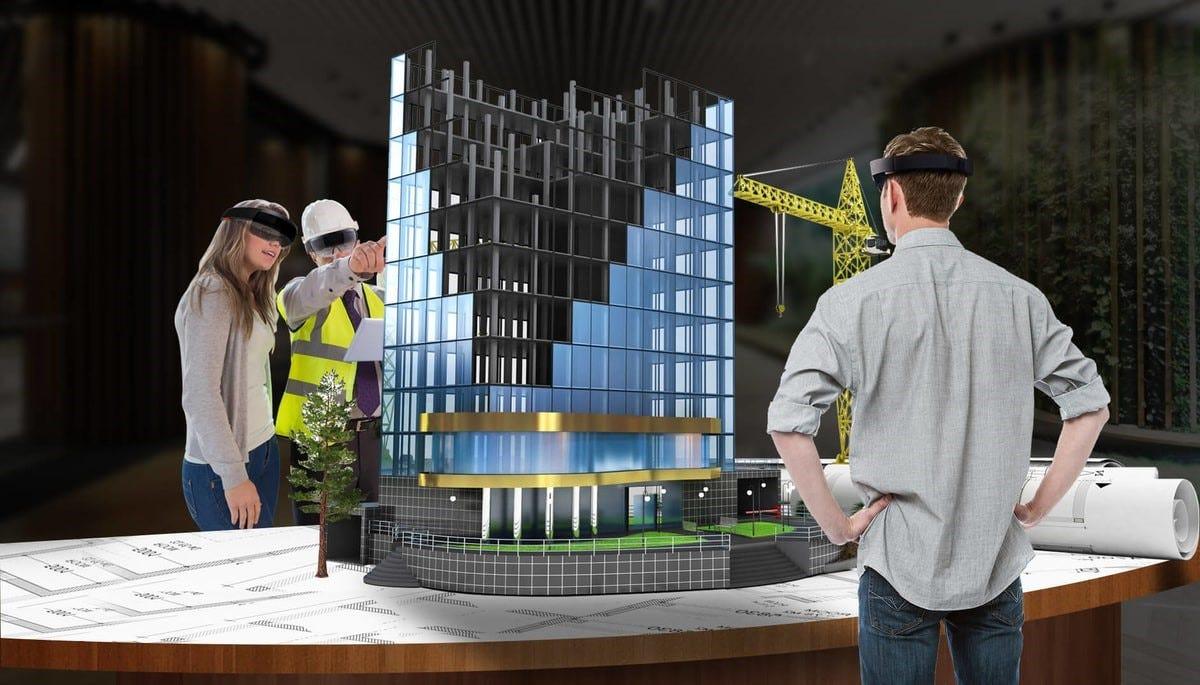3D Reconstruction: Enabling Applications Across Industries

With technological advancements, 3D reconstruction has become an integral part of our daily lives. The ability to digitally recreate real world objects and environments in 3D has opened up many possibilities. In this article, we will discuss the various aspects of 3D reconstruction including the different techniques used, applications across industries and the future of this exciting field.
Photo-Based 3D Reconstruction
One of the most common techniques used for 3D reconstruction is photo-based modeling. This technique uses photographs taken from different angles to recreate three-dimensional models. Multiple photos of an object or scene are taken and special computer vision algorithms are used to analyze the photos and triangulate their contents into 3D point clouds. Features like edges, corners and other patterns are matched between photographs using techniques like stereo matching. Photo consistency across images is used to determine depth. Finally, the point clouds are merged to generate polygons creating a textured 3D surface. Several software are available that allow users to take photos on their smartphones and generate basic 3D models within minutes.
Laser Scanning for High Precision Reconstruction
Laser scanning uses active sensors like LiDAR to scan real world objects and environments. A laser beam rapidly scans the surface of an object or place, measuring distances using time-of-flight principle. The scanning head is able to capture up to hundreds of thousands of individual data points per second, creating incredibly detailed 3D point clouds with sub-millimeter accuracy. Laser scans are extensively used for archaeology sites, architecture, reverse engineering, industrial inspection and more. The precision of laser scanning makes it an important technique for applications that require high fidelity 3D models.
Combining Techniques for Optimal Results
While photo-based and laser scanning techniques have their advantages, using them together provides the best results for 3D reconstruction. Photos provide texture details and even ambient lighting information that laser scans lack. Laser scans on the other hand capture fine geometric details regardless of lighting or surface properties. By aligning laser scans with photos, researchers are able to generate highly accurate models with optimal resolution and realism. Recent advances have enabled creating portable scanners that can rapidly capture both color photos and depth scans to build full-color 3D models on location. This combined approach has enabled a new generation of immersive content creation across industries.
Applications in Various Industries
3D reconstruction has become invaluable across a wide range of industries from manufacturing to healthcare. Some key applications are discussed below:
Cultural Heritage Documentation: Museums around the world are digitizing important artifacts and architectures using 3D scanning. This creates high-fidelity digital archives that can be viewed, studied and shared online globally. It also aids preservation efforts by providing digital backups of significant historical sites and artifacts.
Industrial Quality Control: Precision laser scanners are used on factory production lines to scan and inspect parts for quality assurance. Complex assembled products can be fully evaluated to catch defects early. 3D digital inspection helps improve processes and reduce waste.
Medical Imaging: Important diagnostic applications utilize 3D Reconstruction from scans. Dental impressions and surgical planning use 3D models of patients. Anatomy teaching also leverages reconstructed 3D anatomy datasets. Research is ongoing into using models to simulate complex surgeries or plan custom prosthetics.
Entertainment and Media: 3D scanning and modeling allows the virtual replication of real people, places and objects in movies, videos, VR and games. Realistic digital doubles enhance immersion while location scanning lets film productions on tight budgets. Complex VFX heavy films extensively rely on 3D scanning workflows.
The Future of 3D Reconstruction
As scanning hardware and reconstruction algorithms continue advancing rapidly, exciting new uses for 3D data are being explored. Areas like augmented and virtual reality will leverage ubiquitous 3D capturing and viewing. Automated 3D modeling will commoditize virtual content creation. Digitally reconstructing dynamic scenes over time could expand to applications in surveillance, autonomous vehicles and more. Portable scanning tools will democratize content generation while cloud services will make distribution and collaboration easier. Coming years will likely see 3D data become as pervasive as photos are today, underpinning new experiences and connected devices across industries. Overall, 3D reconstruction will remain a transformative technology well into the future.
Get more insights on- 3D Reconstruction
Check more trending articles related to this topic: Supervisory Control and Data Acquisition
- Art
- Causes
- Crafts
- Dance
- Drinks
- Film
- Fitness
- Food
- Jeux
- Gardening
- Health
- Domicile
- Literature
- Music
- Networking
- Autre
- Party
- Religion
- Shopping
- Sports
- Theater
- Wellness
- IT, Cloud, Software and Technology


